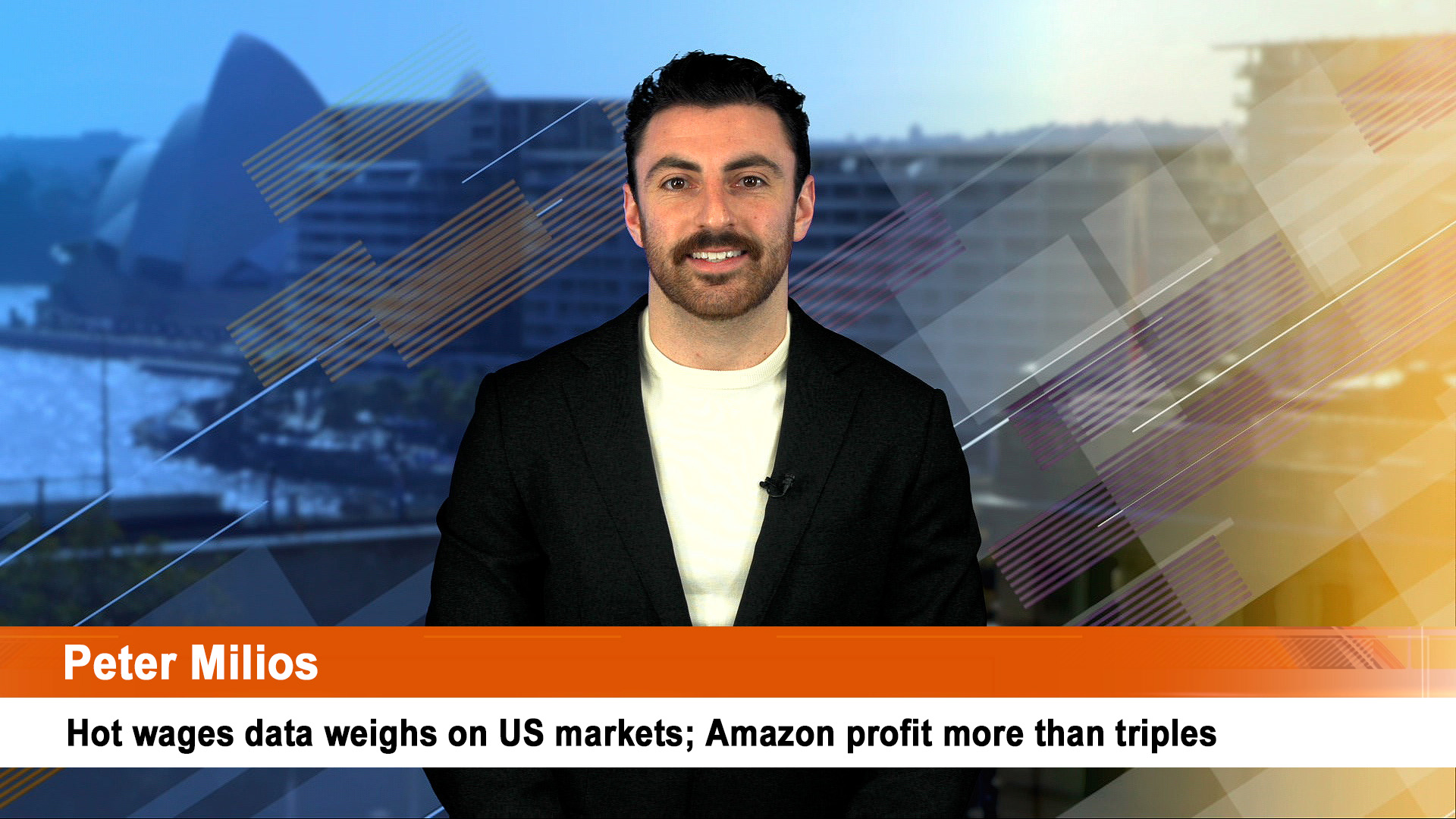The relief rally in global equity markets faded on Wednesday as fresh coronavirus outbreaks in the US undermined hopes for a strong economic rebound and a quick vaccine against the virus disappeared
China continued to battle its latest COVID-19 outbreak in Beijing and has further tightened control measures. Unrealistic market hopes for a vaccine sooner than later also faded as analysts continued to wonder about the stability of parts of the market thanks to the presence of unskilled day traders and other stay at home punters.
Wall Street eased (but not the Nasdaq which seems to be setting itself up for a nasty sell-off).
MSCI’s global market measure edged up 0.04% gauge of stocks across the globe gained 0.04%, pulled lower as Wall Street dipped (it accounts for more than half the MSCI index).
The Dow fell 170.37 points, or 0.65%, to close at 26,119.61 and the S&P 500 lost 11.25 points, or 0.36%, to finish on 3,113.49. The Nasdaq Composite added 14.67 points, or 0.15%, to end at 9,910.53.
ASX 24 futures fell by around 24 points to signal an easier start to the session today. That was after the ASX 200 rose 0.8% or 49.5 points on Wednesday.
The big test for local investors today is the jobs report for May. Economists are looking for a small improvement.
Commodities were mixed as the US dollar rose a touch. The Aussie dollar traded around 68.85 US cents, virtually steady on the previous day.
Oil futures ended lower on Wednesday, but off the days lows as the U.S. government reported that domestic crude supplies edged higher in the latest week, while oil stockpiles at the nation’s storage hub and inventories of gasoline and distillates declined.
The Energy Information Administration reported Wednesday that US oil stocks rose by 1.2 million barrels for the week last week against forecasts for a fall. The 539 million barrels in stockpiles is 15% above the levels a year ago.
Meanwhile, US daily production is now running at around 10.5 million barrels, down 600,000 barrels in a week and a large 1.7 million barrels from a year ago
OPEC’s latest monthly report forecast a decline in global oil demand in the second half of the year, but at a much slower pace than the first half, which was marked by lockdowns of businesses to limit the spread of COVID-19.
Against the backdrop, West Texas Intermediate crude for July delivery, the US benchmark, fell 42 cents, or 1.1%, to settle at $US37.96 a barrel in New York.
In Europe, global marker, Brent oil for August delivery lost 25 cents, or 0.6%, at $US40.71 a barrel after Tuesday’s rise of 1.3%
Metal futures were mixed Comex August gold fell 90 cents, or 0.05%, to settle at $US1,735.60 an ounce, on Comex.
Comex July silver meanwhile, edged up by 12 cents, or 0.7%, to $US17.775 an ounce.
Comex July copper added 1% to end at $2.5895 a pound.
Global iron ore prices eased with 62% Fe fines delivered to northern China ending down 76 cents at $US104.09 a tonne.













